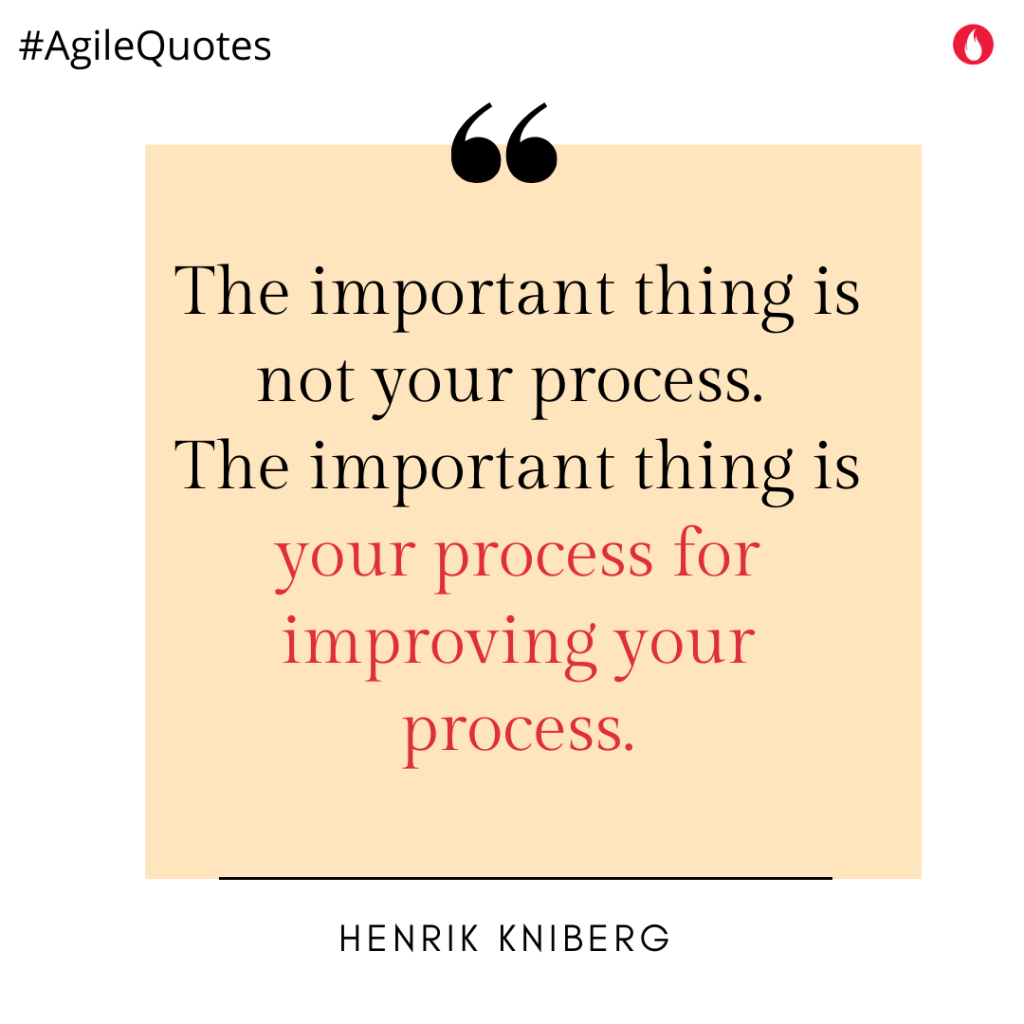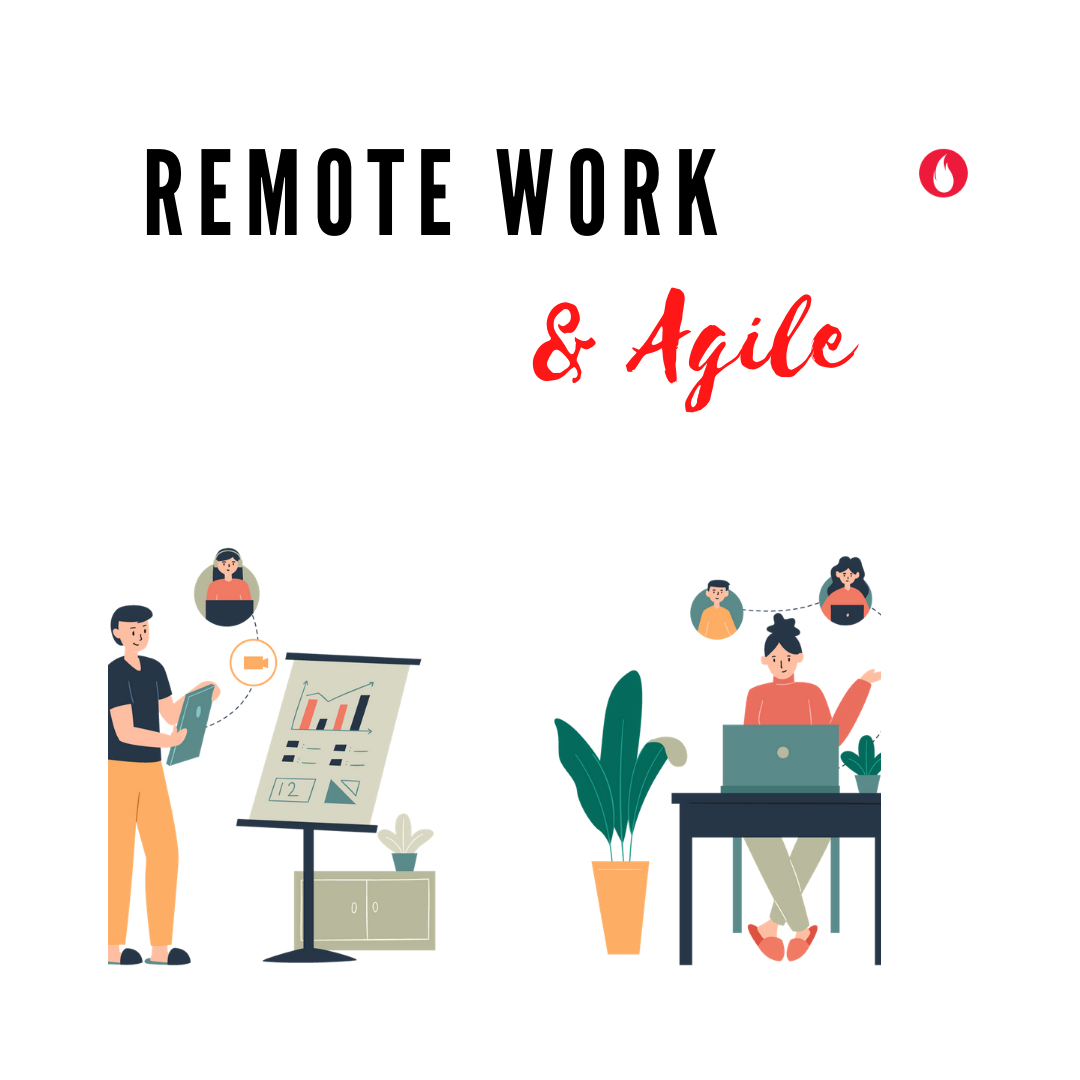Agile teams have to be face-to-face to work well. The Agile Manifesto lays this down as a working principle. This principle though has for long divided proponents and followers of agile methodologies. One camp argues that being face-to-face is not a necessary condition for being Agile. The other camp counters it by saying companies dilute agile effectiveness when teams are not co-located. Today with ‘remote working’ and ‘zoom fatigue’ being realities, the two camps have enough to present their side of the story with compelling data! Without taking sides. we wanted to explore the human experiences in Agile companies that are remote. We bring you a story from ThoughtWorks an Indian MNC on being Agile in remote times.
ThoughtWorks
ThoughtWorks did not go remote and Agile due to the pandemic. They have been Agile and also proponents of Agile while working distributed for the last decade or so. Being in the IT Industry for 25+ years and established by Roy Singham with offices across the globe, they were early adopters. They have been pioneers in distributed Agile with Martin Fowler writing about it in 2006, here. This is one of the reasons we shine the torch on them this edition and explore ideas on remote working in Agile.
ThoughtWorks has identified ‘Pragmatic Remote Pairing’ as a technique for companies to adopt in their Trends report. This practice may well be worth looking into.

Agile Stories
Can popular Agile practices like daily stand-ups and pair programming be effective in remote working too? Here is how employees at ThoughtWorks adopted and/or reimagined these practices:
1. They continued with a daily stand up, in remote times too. Teams would huddle for 15 minutes (time boxed) at the start of work. They answered three questions – What did i complete yesterday? What am i working on today? What support do i need, if any?
The only change, switching on video for these 15 minutes became a norm.
Pair Programming in Remote
2. Pair programming on the other hand needed a lot more nuanced change. Pair programming is when two employees work on the same task together, with one computer and keyboard between them. You can read more here. Here is how employees experienced remote pair programming.
- Employees needed to be able to see each others screens when they worked in remote pairing mode. The tools required for this turned out to be quite easy for ThoughtWorks employees. Remote screen sharing tools are available in plenty. So the employees paired would keep their videos on and share screen so they could work together.
- The skills and mindset needed to pair program in remote, needed more work. Here are a few experiences they had:
- Employees made the effort to articulate ‘even more’ what they were thinking as they worked. Not being in the same location meant that it was going to be harder to understand cues and context. Hence, they made an additional effort to speak up more.
- They gave each other a grace time of 60 – 90 seconds, before pointing out an error they spotted. This was because if co-located, they might have been able to read the person’s body language better and know that s/he had spotted the error themselves. This practice prevented them from breaking each other’s flow while pairing remotely. Pairs thought of themselves as the support structure for creating good work.
- They worked around network challenges which cropped up. The pairs did this by reassigning roles. The person with better network bandwidth taking on the driver’s job or typing it out as the other person articulated.
- The other team member or navigator in this case ensured never to micro-manage. S/he did not do things like spelling out TYPE THIS etc.
- They even went to the same music streaming sites to choose the common music they wanted to hear that day, building a common ambience to work, while working at different locations.
Remote Working and Agile
Remote working need not be a step-sibling to face-to-face or co-located working. It brings great value to teams. Teams have greater access to talent. They have greater flexibility to create holistic well-balanced lives for team members. For this to become possible however, teams need to build the ways of working for remote, ground up.
Teams need to keep the outcomes in mind and recreate processes for remote. Shifting to remote with the same processes as in office, was a survival strategy. Teams and organisations need to reimagine and re-create processes for remote if they have to thrive in this way of working. Teams need not give up who they are but definitely need to reimagine how they work remotely.
What other agile practices have you seen reimagined and recreated for remote working times? Do share links in the comments below or on social handle @flyntrok
Apart from one story which captures the human centric change in the world of Agile, the Agile OWL brings to you every fortnight, the latest reads, books, trivia, and quote from the world of Agile and its methodologies. Stuff that caught our attention. This is edition 21 and we carry seven useful links for you. Tell us what you thought of them.

From social media:
- Agile is dangerous. This caption drew me in to listen to the talk by Julian Holmes from ThoughtWorks. It has many interesting lessons and nuggets each of us can draw from. Watch here.
- Here is a list of Agile adoption statistics to consider. Agile is growing in adoption in every way. Updated for 2020.
From the bookshelf:
- The Human Side of Agile – How To Help Your Team Deliver is our book recommendation this fortnight. Agile recommends putting people before processes and it is a tricky yet critical one to get right. This book packs a lot of tips and ideas into how one can help agile teams get better. Dive in.
From the tool box:
Process matters more than we think. It may look like it is slowing us down but it is enabling us to go faster. Here are review processes and tips on conducting them more effectively.
From the trivia & fact box:
Martin Fowler and Jim Highsmith , two of the 17 creators of the Agile Manifesto are working with ThoughtWorks since 2000 and 2010 respectively.
#AgileQuotes to sign off.

Note : This post is Edition 21 of the Agile OWL from the OWL umbrella. The Agile OWL is a newsletter focused on the human experiences and stories within agile transformations. Sign up to receive the newsletter here



